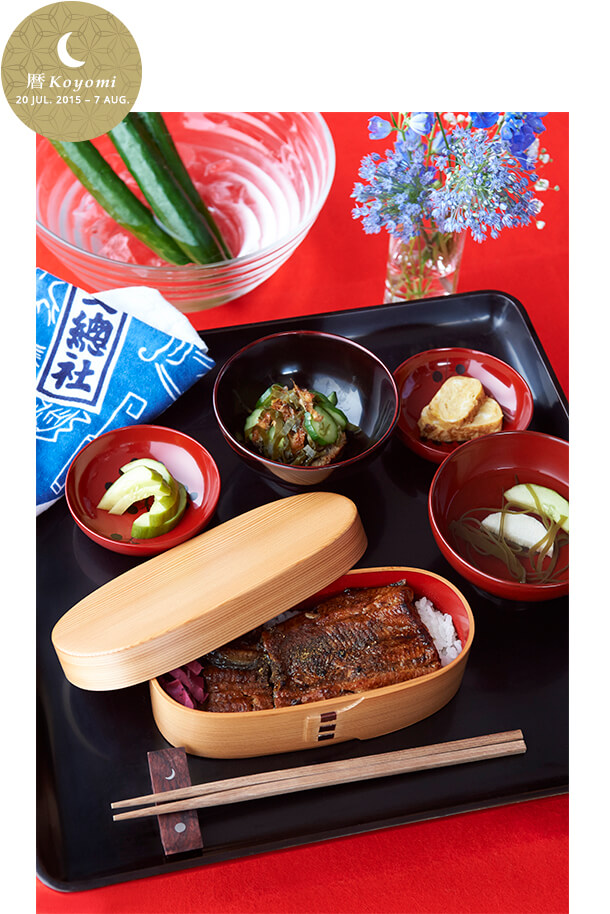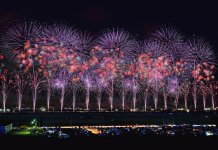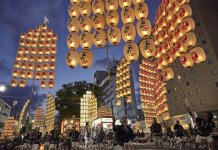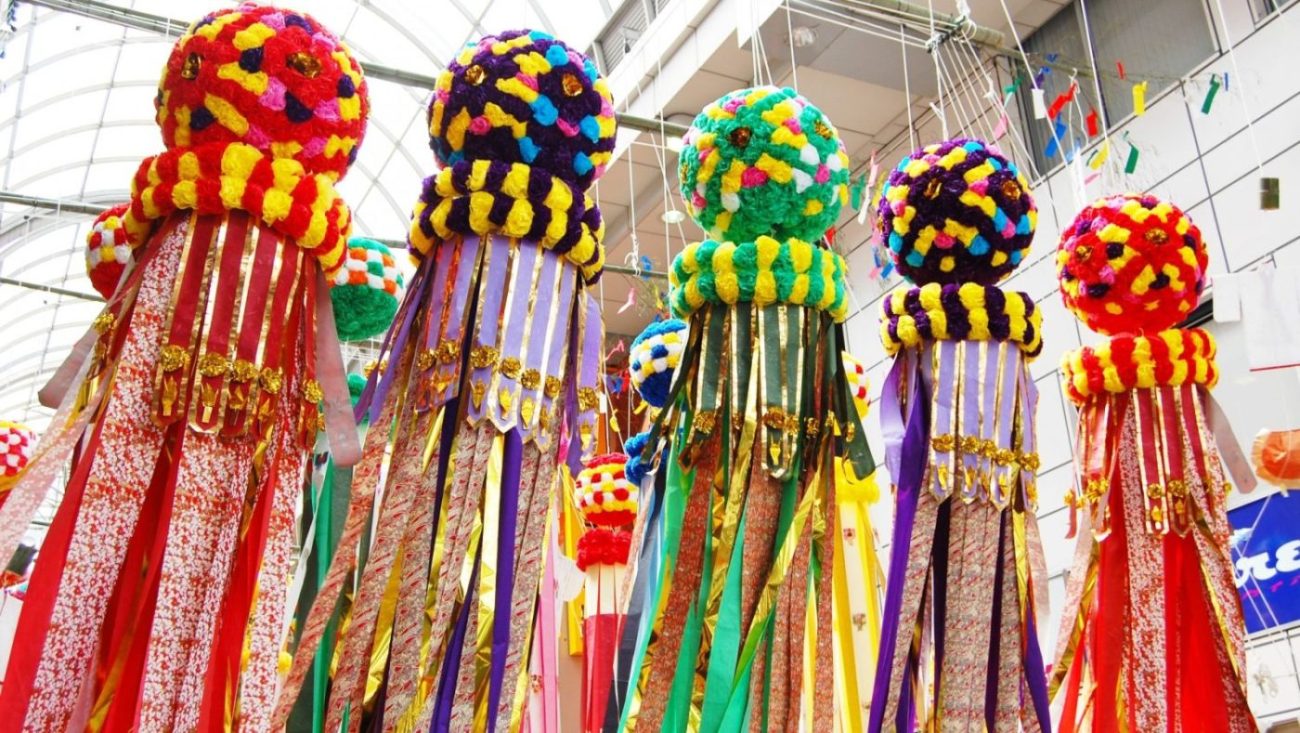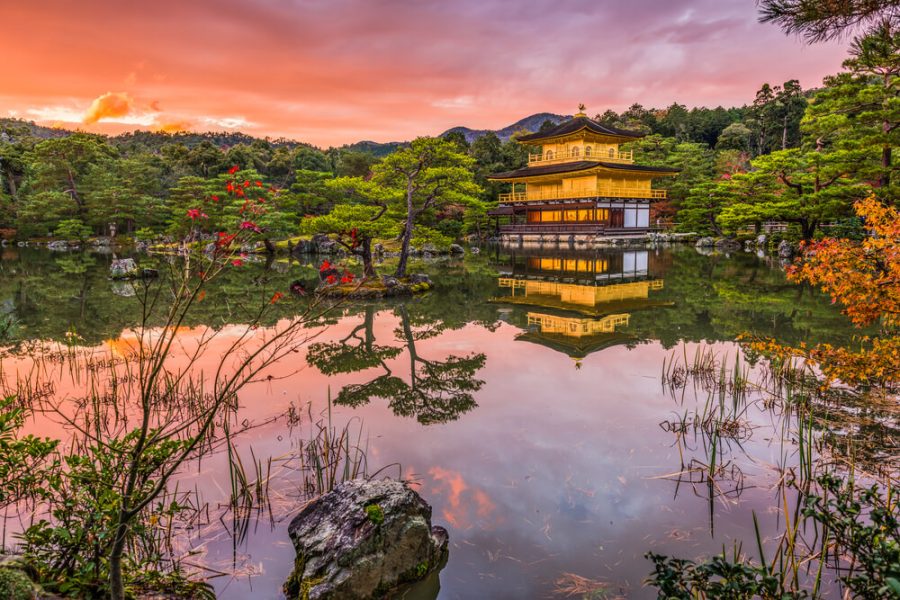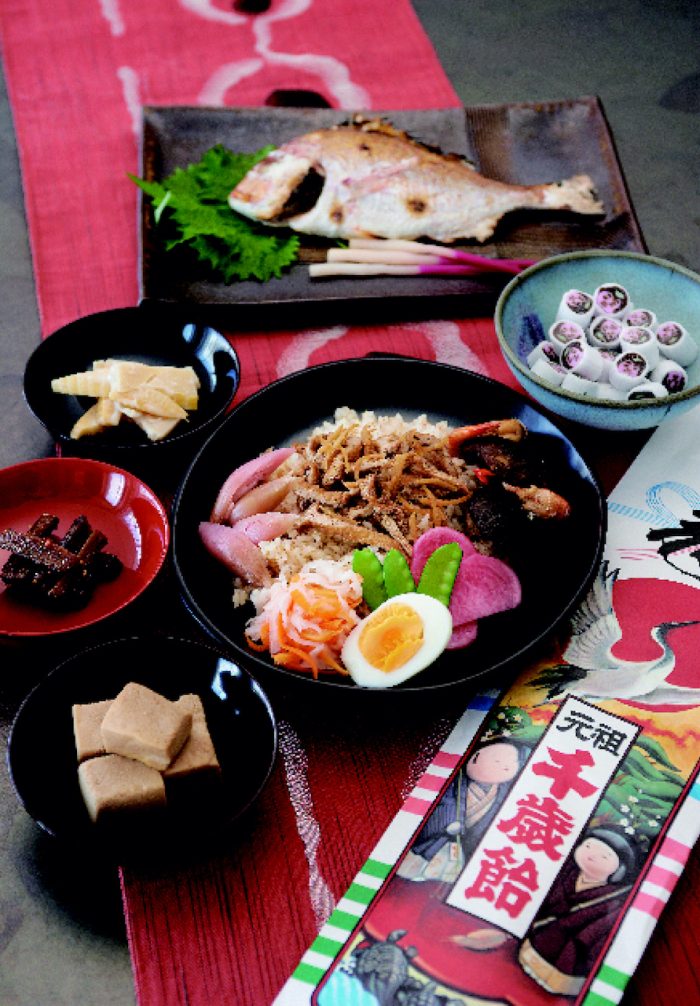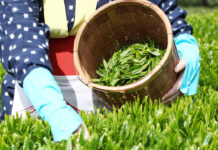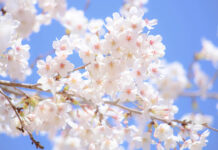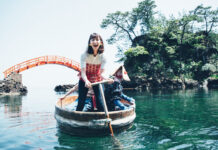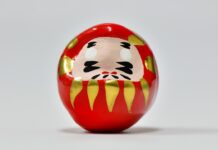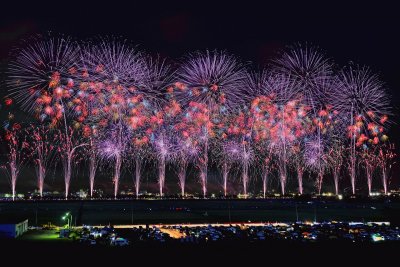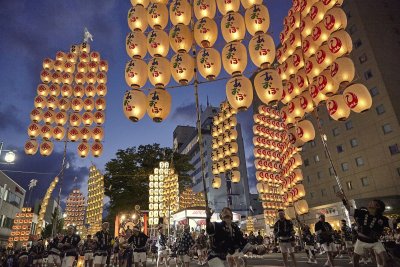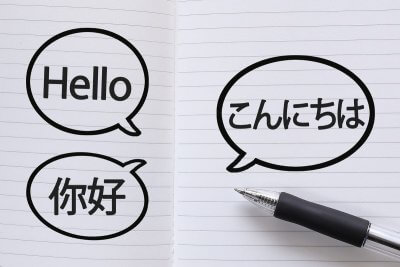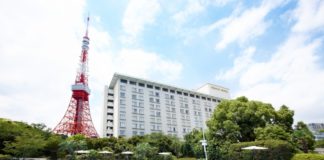Doyo-no-Ushi-no-hi
The word “doyo” refers to the 18 days before the end of a season, and occurs four times a year. Within that period, the natsu no doyo no ushi no hi – which occurs before the beginning of Autumn – is a day the Japanese associate with the eating of eel, or unagi. But this tradition is actually not that old. One version of its origin is that Hiraga Gennai, a multi-talented scientist, inventor, author etc. from the Edo era in the 18th century, started this trend.
Why eel?
Apparently this idea for a doyo no ushi no hi came about after an enterprising owner of an unagi restaurant approached Hiraga for help to create some publicity for his shop. Hiraga, who was known to have restored a static electricity generator from the West, was interested in electricity and studying electric eels at the time. According to ancient Eastern divination, summer was thought to be related to the “fire” element which is countered by water. In the same way, water is represented by the color black. Hence it was thought that
black objects could counter the element of fire. The word “doyo” in the phrase doyo no ushi means water. So came the belief that on the day of the ushi, black objects are eaten to ward away evil. This was the basis on which eating black eel on a hot summer’s day would help to counter fatigue in the summer.
Rieko Ido
A graduate of Kokugakuin University, researcher of ancient Japanese customs and knowledge, conducting technical analysis on findings to apply them to modern lifestyles. Currently teaches at Tama Art University.
 0
0

